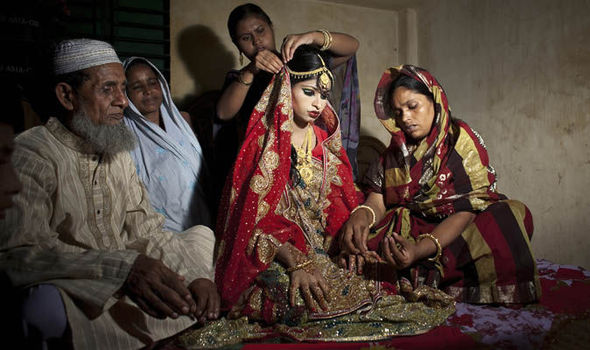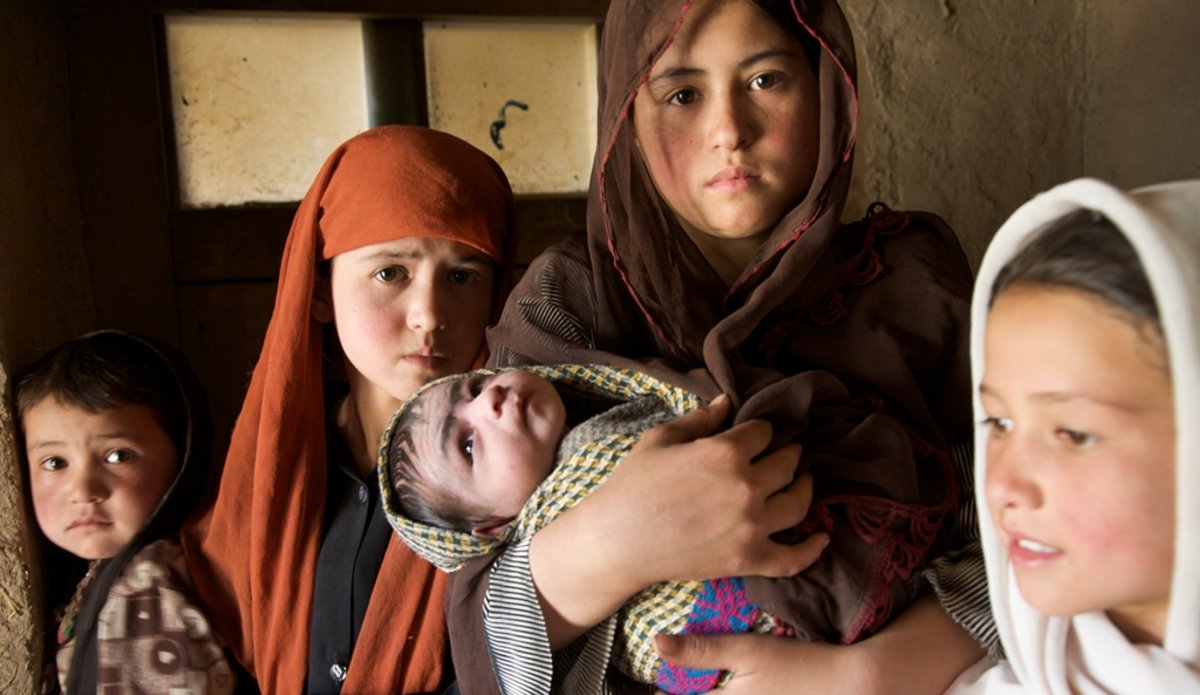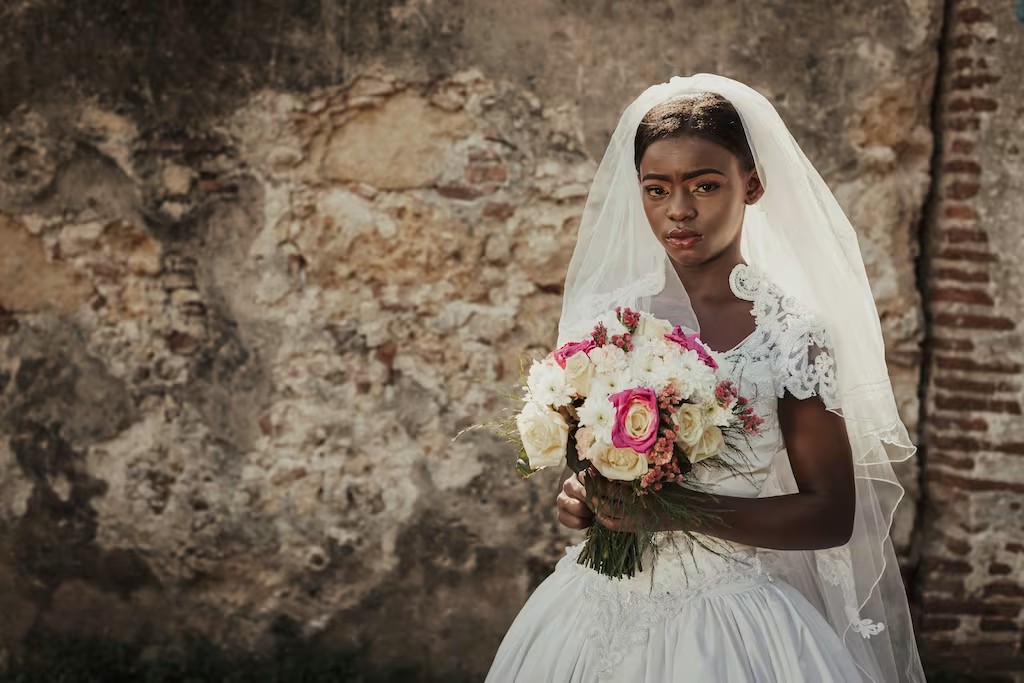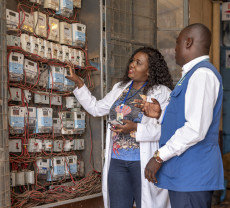- Child marriage is not a distant tradition confined to a few places, it is a global problem that steals childhoods, wrecks health, and traps families in cycles of poverty.
Child marriage is not a distant tradition confined to a few places, it is a global problem that steals childhoods, wrecks health, and traps families in cycles of poverty.
According to the United Nations Population Fund (UNFPA), annually, around 12 million girls become child brides before turning 18; every three seconds an adolescent girl gets married somewhere in the world.

Read More
Those numbers are not abstract; they represent millions of lost chances for schooling, for health, and for lives lived by choice.
The practice takes root in many places for similar reasons: poverty, insecurity, weak legal protections, and social norms that treat girls as economic or social commodities rather than full human beings.
Families under strain may see early marriage as a way to lessen financial burdens, to protect daughters in unstable settings, or to secure bride payments.
Conflict, displacement and climate shocks make the problem worse; when schools close and livelihoods collapse, marriage is too often offered as a desperate solution.
An evidence paper for UNFPA-UNICEF Global Programme to End Child Marriage found that preventing child marriage requires tackling these underlying drivers together like economic support, schooling, and sexual and reproductive health and rights.
To understand the scale in specific contexts, consider Somalia. It stands as a striking example in this conversation as it is one of the few countries in the world with no law establishing a minimum age for marriage, leaving countless girls vulnerable to early unions.
Recent country data show alarmingly high prevalence: roughly 45% of women aged 20–24 were first married before age 18, and about 8% before age 15.
Those figures capture how commonplace early marriage remains in some settings. According to United Nations Children's Fund (UNICEF), child marriage still remains a sad reality for too many girls, with stark regional differences highlighting the need for tailored strategies.
South Asia continues to drive global reductions and is on pace to eliminate child marriage within 55 years, but it still accounts for nearly half (45 per cent) of the world's child brides — 290 million in total while Sub-Saharan Africa is home to 127 million child brides, shouldering the second-largest global share (20 per cent). At its current pace, the region is over 200 years away from ending the practice.
These regional disparities underscore the urgent need for intensified efforts and context-specific interventions to ensure no region is left behind in the fight to end child marriage.national snapshots are a reminder that even as global rates fall slowly, local prevalence can remain stubbornly high.
The harms of child marriage are immediate and long-lasting. Girls who marry young are far more likely to leave school and lose the chance to gain the skills that lead to earning power and independence.
Early pregnancy is a leading risk: adolescent mothers face greater dangers in pregnancy and childbirth, which are among the top causes of death for older adolescent girls.

Children born to very young mothers are also more likely to suffer poor health outcomes. Beyond health and education, child brides are more vulnerable to intimate partner violence and to losing any voice in household or community decisions, consequences that reverberate across generations.
Legal protections matter, and where they are weak or unclear, child marriage thrives. Some countries still allow exceptions that permit marriage under 18 with parental, customary or religious consent, or fail to enforce existing minimum ages.
Laws that tie “maturity” to puberty or local definitions leave dangerous loopholes. That is why advocates push for a clear, enforceable minimum age of 18 for marriage for everyone, paired with systems that make school, healthcare, and safe reporting available.
Law without social support is incomplete; social programmes without legal backing are fragile. Both are needed.
We know what works in broad terms: keeping girls in school, providing economic options to families, delivering youth-friendly health services, and engaging communities, with the inclusion of religious and traditional leaders, in changing norms.
Large-scale efforts such as the United Nations Population Fund (UNFPA) – United Nations Children's Fund (UNICEF) Global Programme to End Child Marriage show promising reach.
In recent reporting the initiative reported millions of girls reached with life-skills education and nearly three million supported to enroll, re-enroll or remain in school.
This progress is essential to meet the Sustainable Development Goal (SDG) 5.3 target to eliminate child marriage by 2030 however, effort and cooperation at community level is still key in addressing the matter.
This is not only a rights issue; it is pragmatic public policy. Ending child marriage improves health outcomes, increases educational attainment, and strengthens economies.
When girls can delay marriage and complete education, entire communities fare better.
Governments, donors and civil society must treat prevention as an investment with clear social and economic returns: fund girls’ education, expand family-support programmes, enforce protective laws, and scale community-level interventions that change what people expect for their daughters’ futures.
Child marriage will not end overnight. But it will not end at all if we treat it as someone else’s problem. Each child married before adulthood is a life shortened of opportunity and dignity.
Ending child marriage requires combined legal clarity, sustained funding, and patient cultural engagement. The measure of our societies is not how well we defend tradition, but how fiercely we protect the rights of the most vulnerable. Let us make protecting childhood the priority it must be.
Stay connected with us on WhatsApp and X for instant updates and breaking news as it happens.












